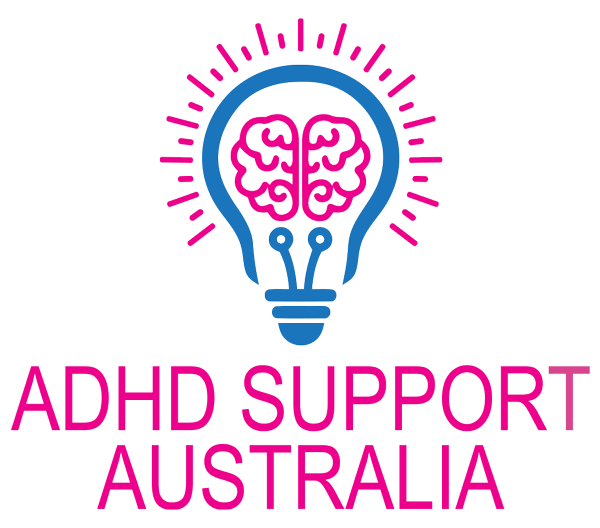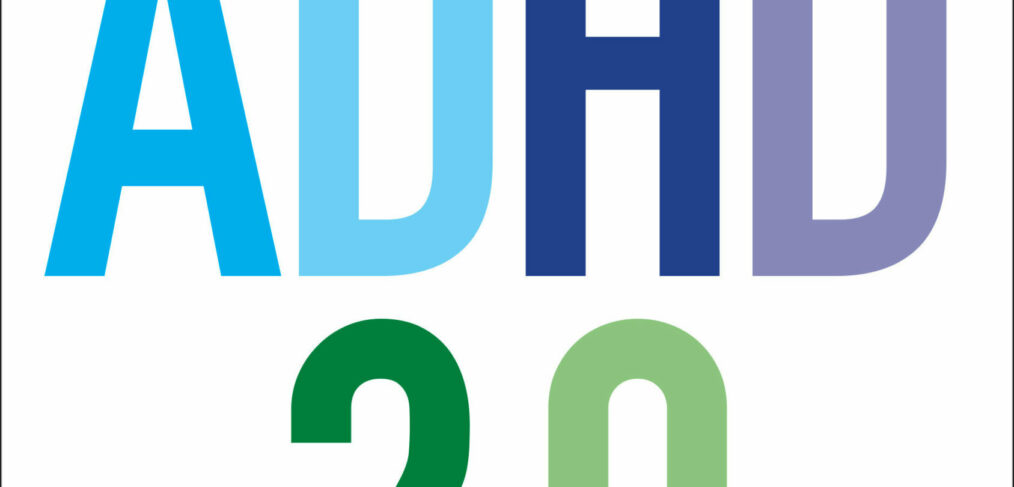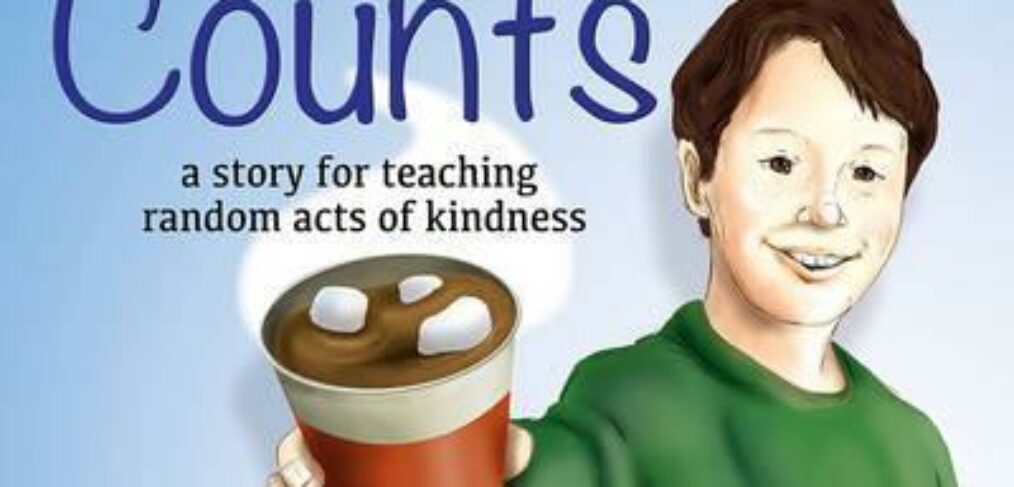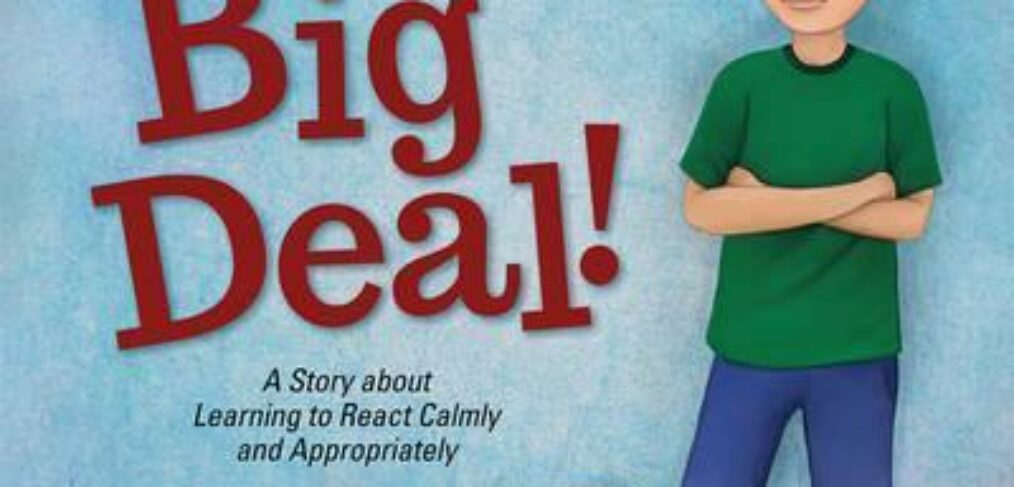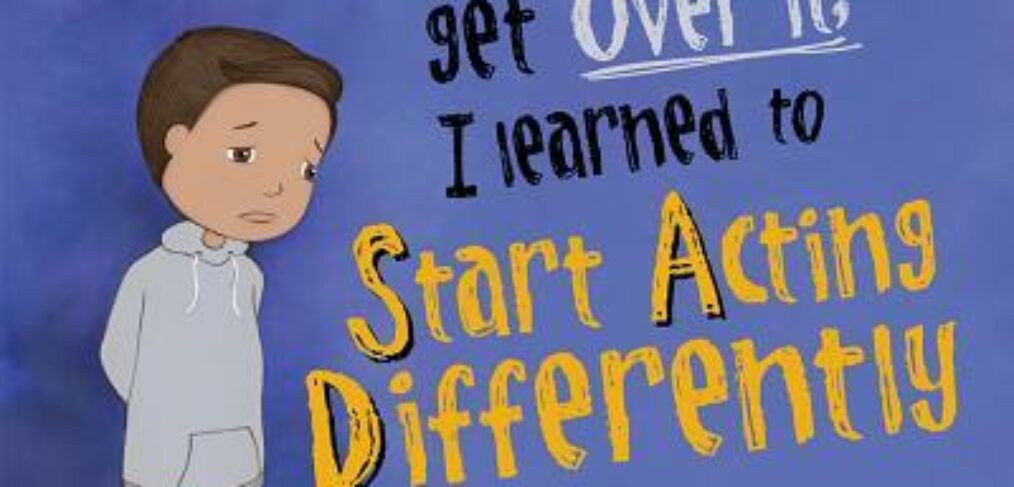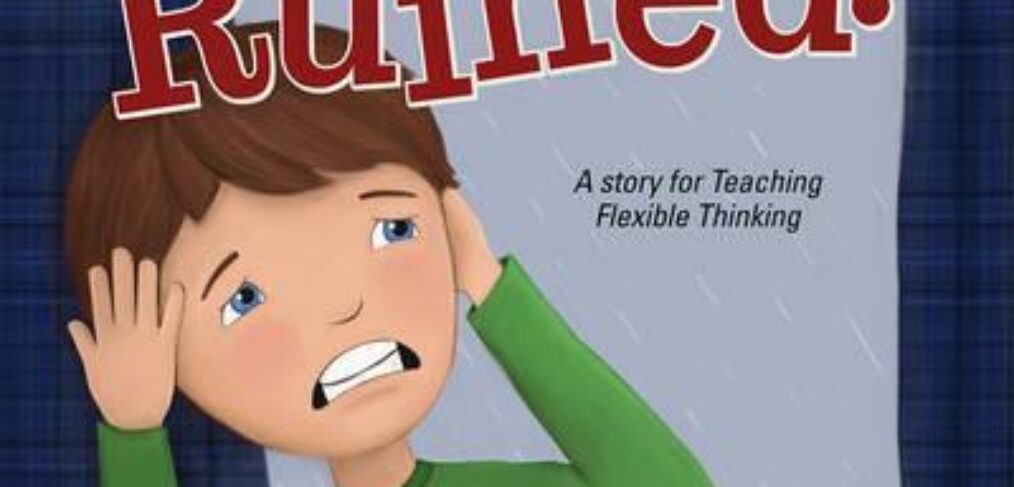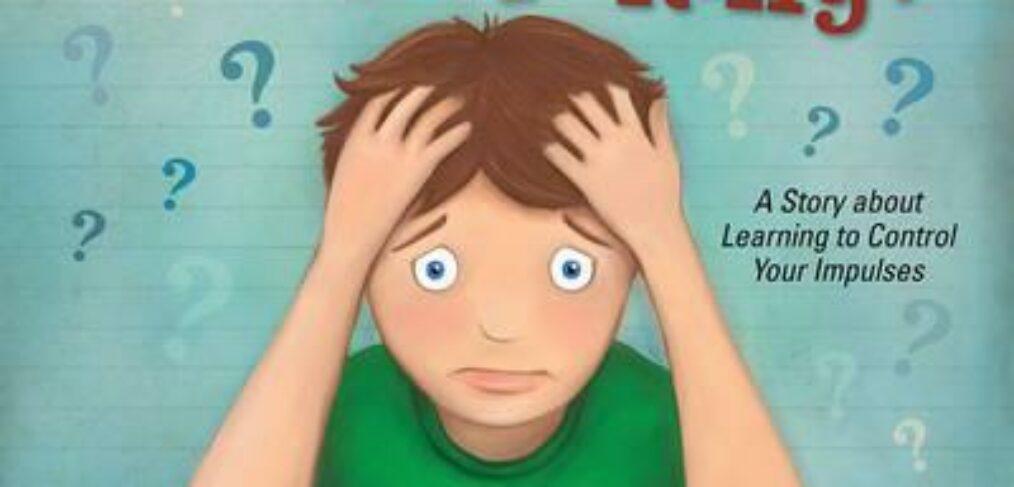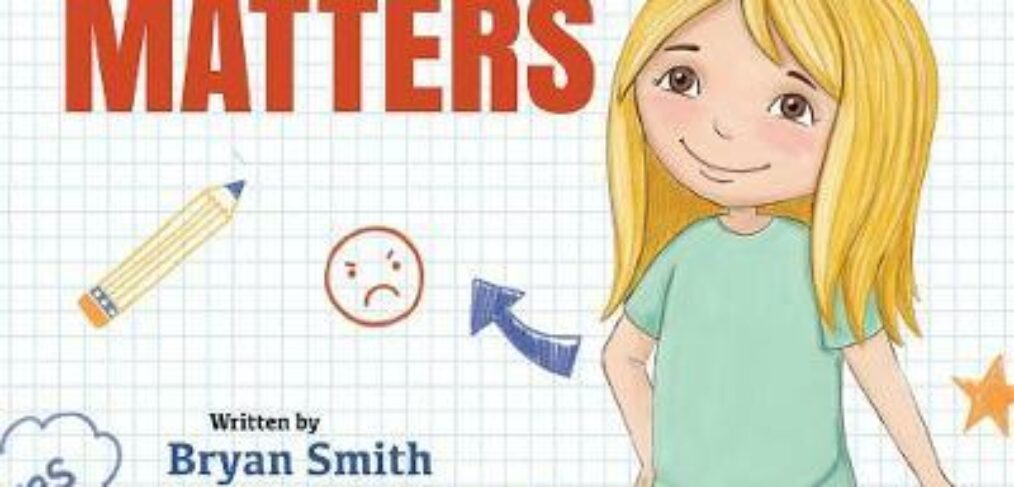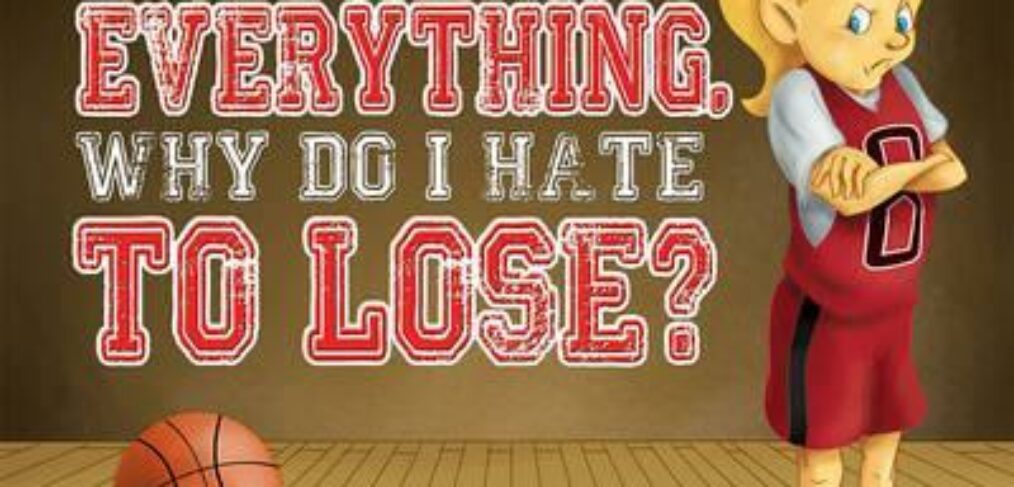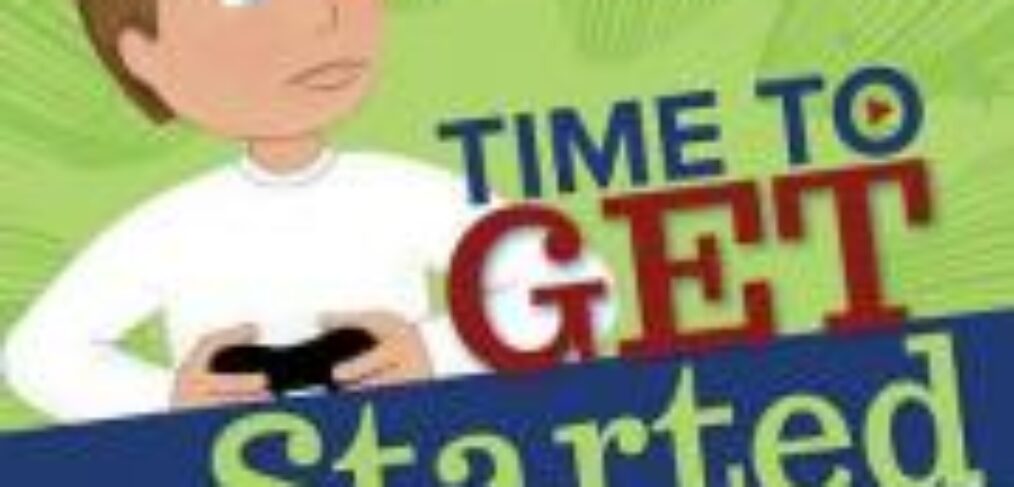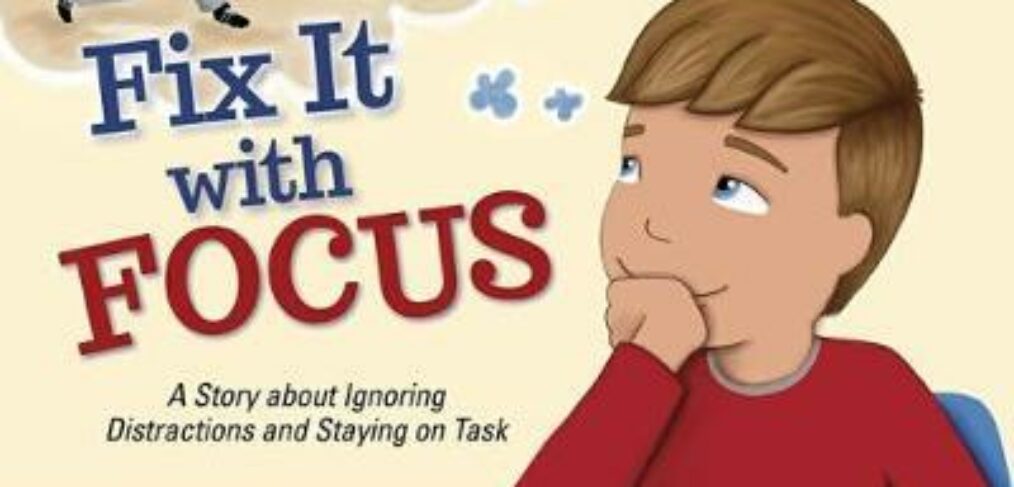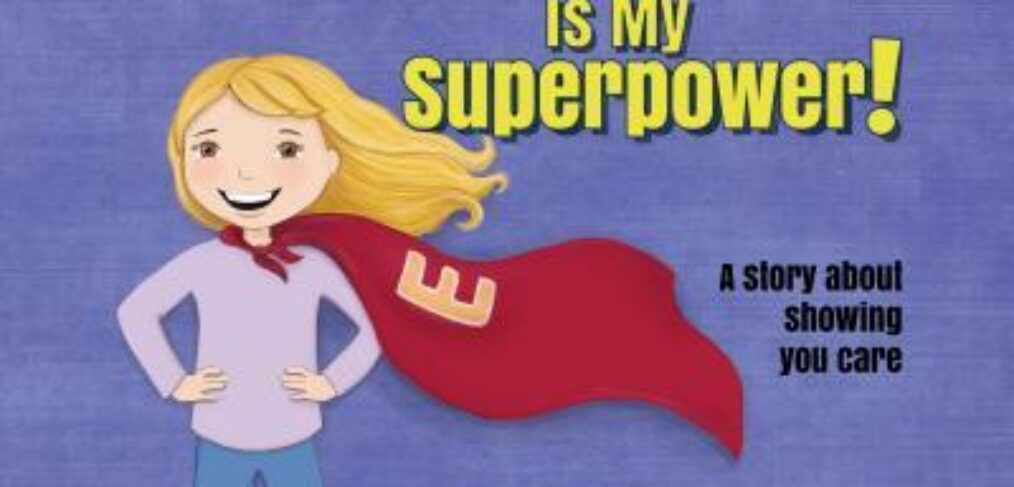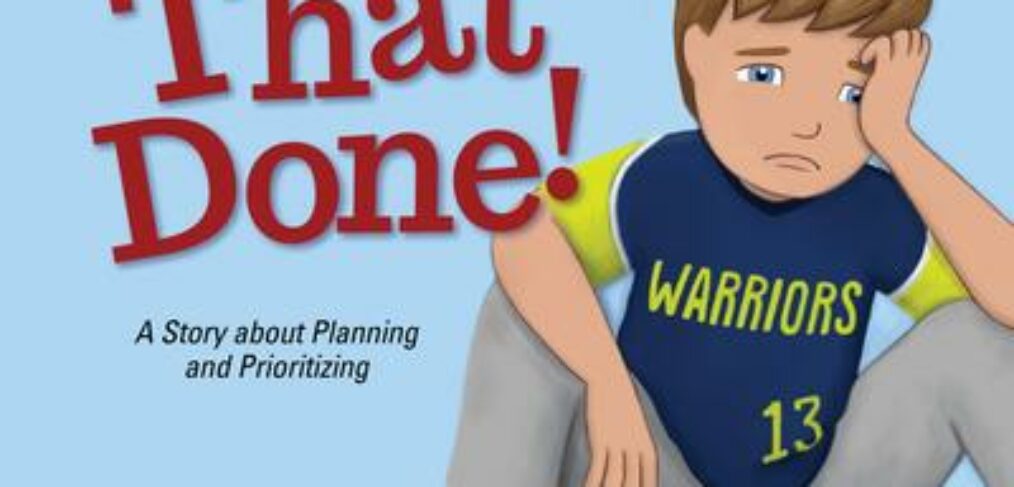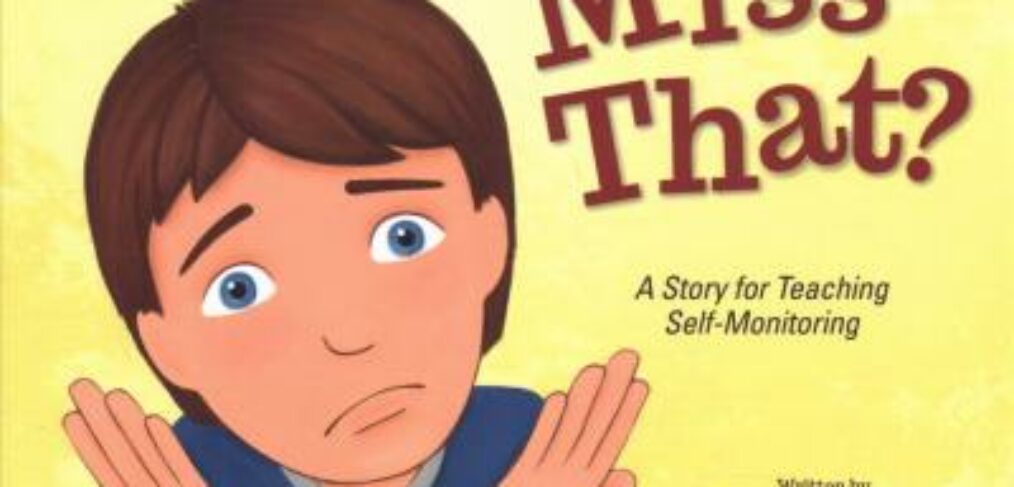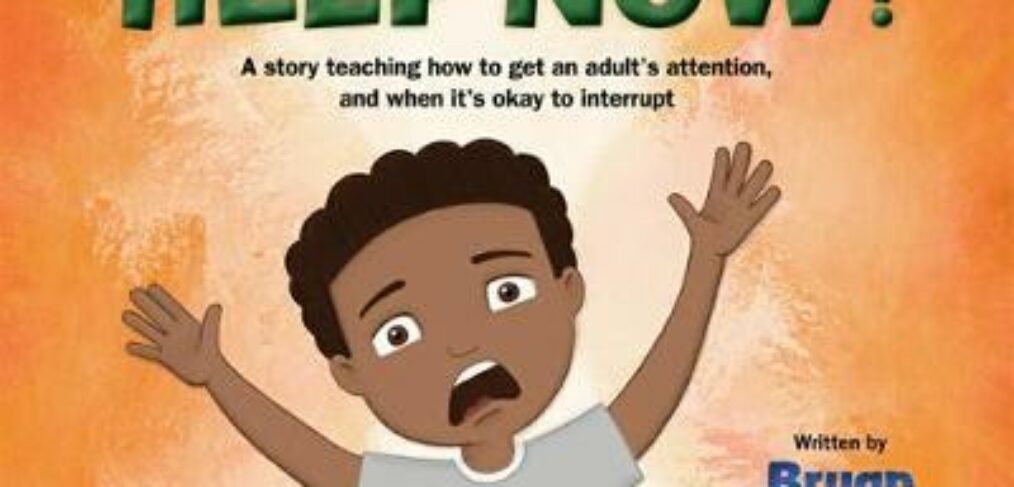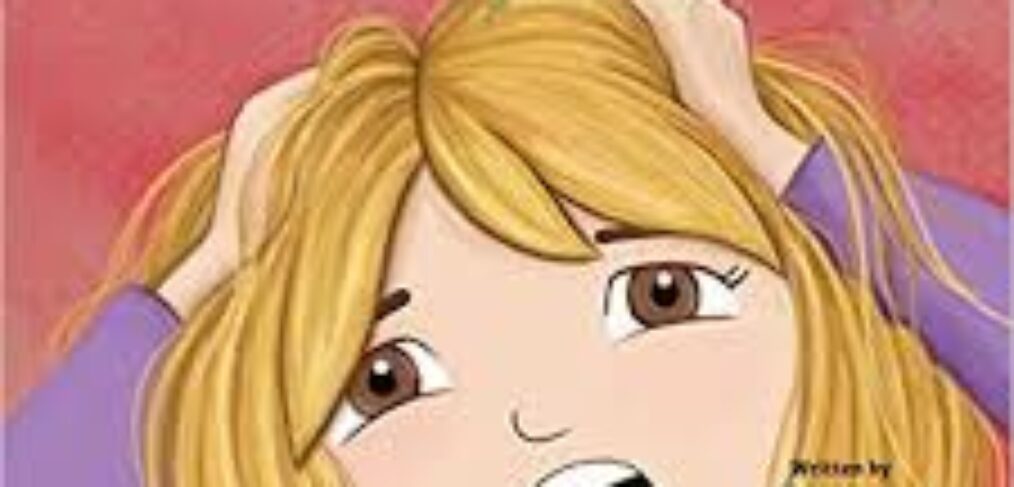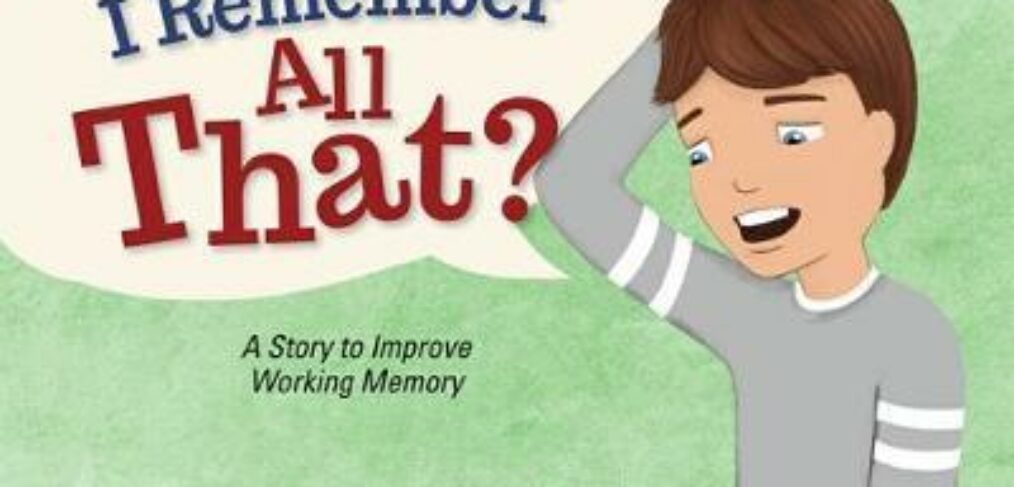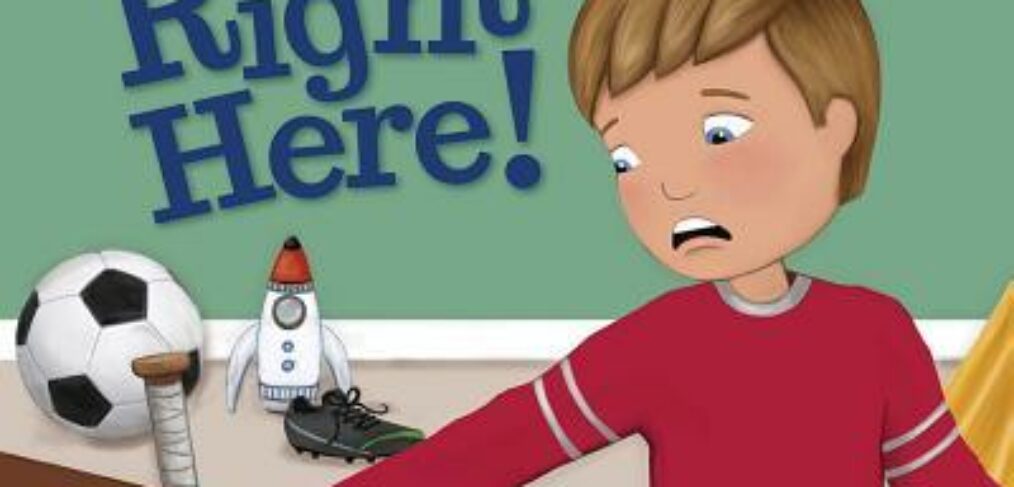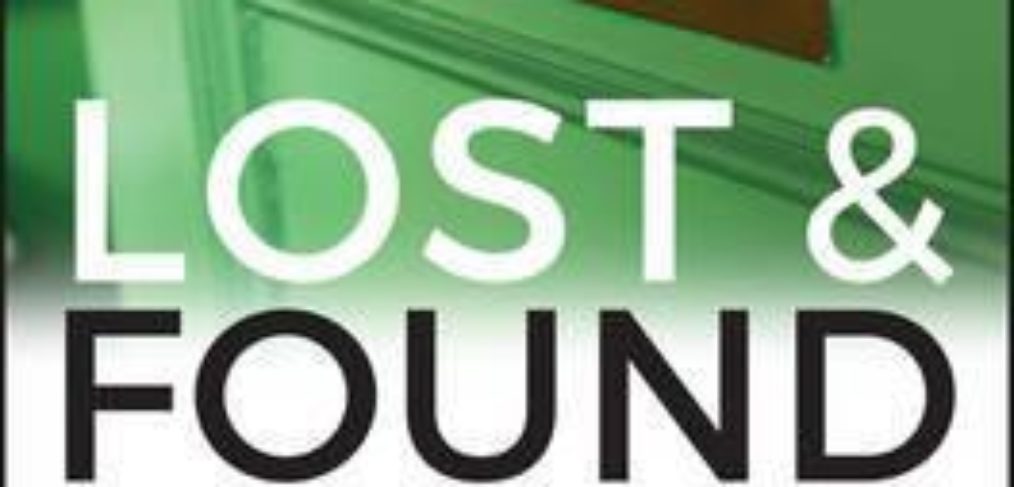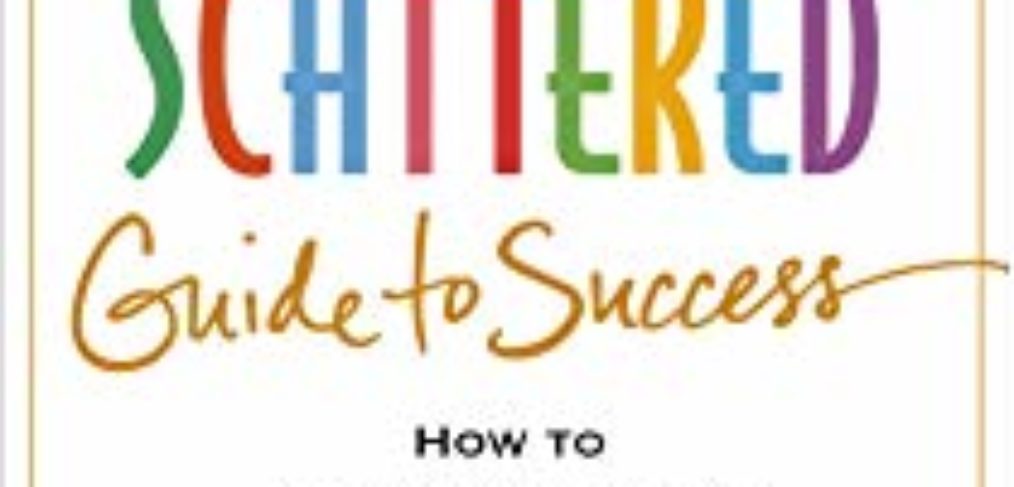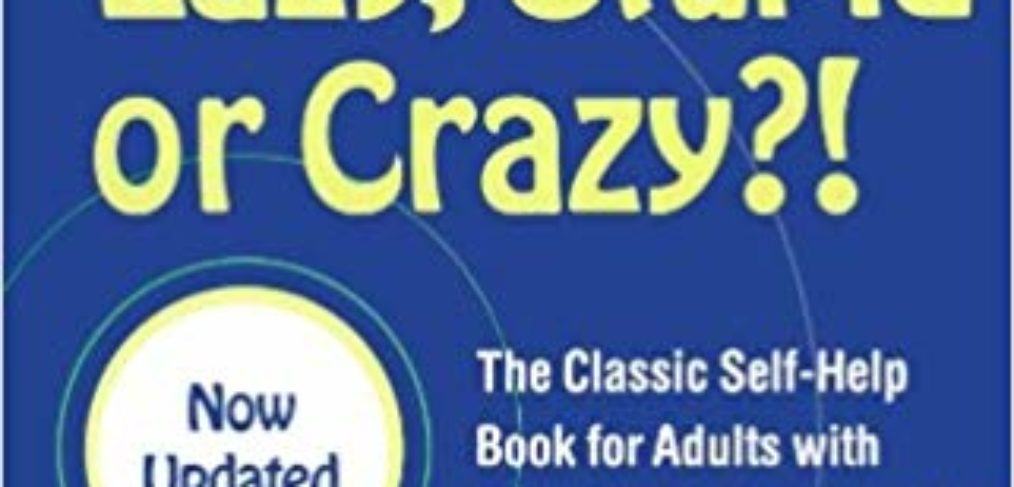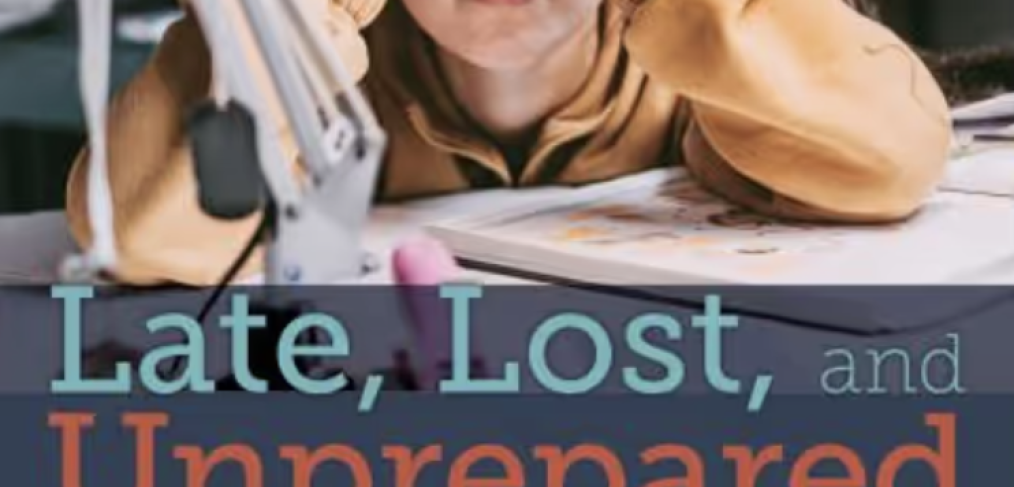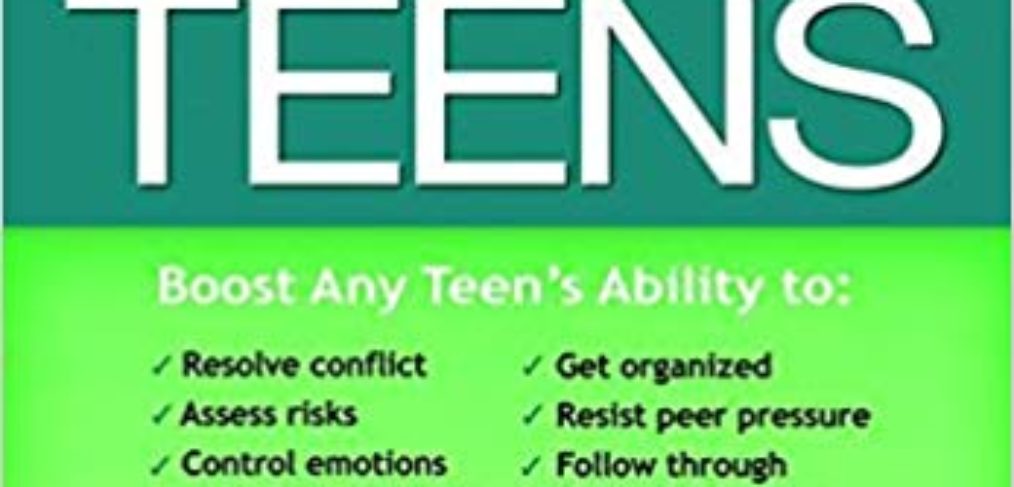ADHD 2.0: New Science and Essential Strategies for Thriving with Distraction – from Childhood through Adulthood
A revolutionary new approach to ADD/ADHD featuring cutting-edge research and strategies to help readers thrive, by the bestselling authors of the seminal books Driven to Distraction and Delivered from Distraction “An inspired road map for living with a distractible brain . . . If you or your child suffer from ADHD, this book should be on your shelf. It will give you courage and hope.”–Michael Thompson, Ph.D., New York Times bestselling co-author of Raising Cain World-renowned authors Dr. Edward M. Hallowell and Dr. John J. Ratey literally “wrote the book” on ADD/ADHD more than two decades ago. Their bestseller, Driven to Distraction, largely introduced this diagnosis to the public and sold more than a million copies along the way. Now, most people have heard of ADHD and know someone who may have it. But lost in the discussion of both childhood and adult diagnosis of ADHD is the potential upside: Many hugely successful entrepreneurs and highly creative people attribute their achievements to ADHD. Also unknown to most are the recent research developments, including innovations that give a clearer understanding of the ADHD brain in action. In ADHD 2.0, Drs. Hallowell and Ratey, both of whom have this “variable attention trait,” draw on the latest science to provide both parents and adults with ADHD a plan for minimizing the downside and maximizing the benefits of ADHD at any age. They offer an arsenal of new strategies and lifestyle hacks for thriving with ADHD, including – Find the right kind of difficult. Use these behavior assessments to discover the work, activity, or creative outlet best suited to an individual’s unique strengths.
– Reimagine environment. What specific elements to look for–at home, at school, or in the workplace–to enhance the creativity and entrepreneurial spirit inherent in the ADHD mind.
– Embrace innate neurological tendencies. Take advantage of new findings about the brain’s default mode network and cerebellum, which confer major benefits for people with ADHD.
– Tap into the healing power of connection. Tips for establishing and maintaining positive connection “the other Vitamind C” and the best antidote to the negativity that plagues so many people with ADHD.
– Consider medication. Gets the facts about the underlying chemistry, side effects, and proven benefits of all the pharmaceutical options. As inspiring as it is practical, ADHD 2.0 will help you tap into the power of this mercurial condition and find the key that unlocks potential.
